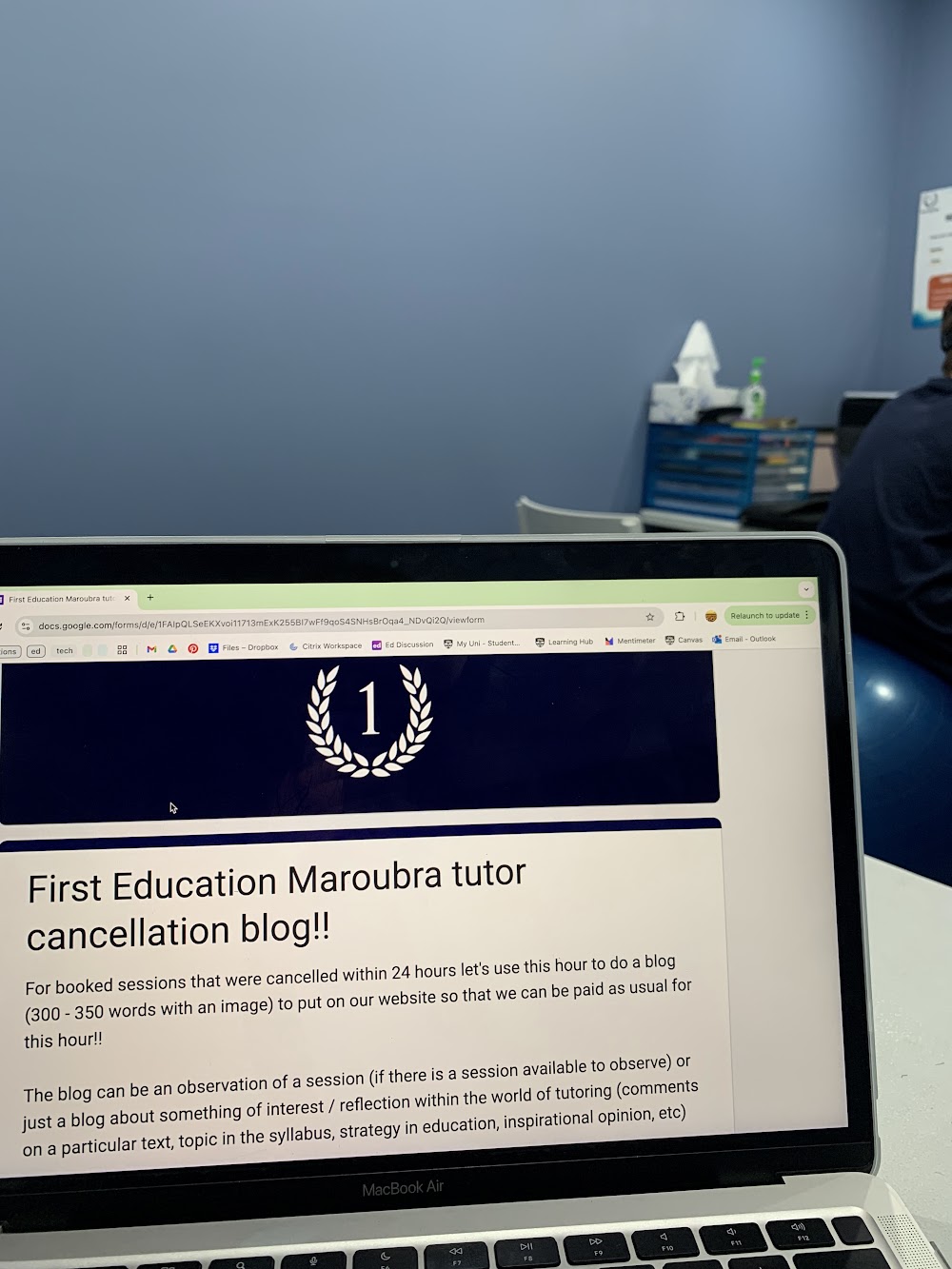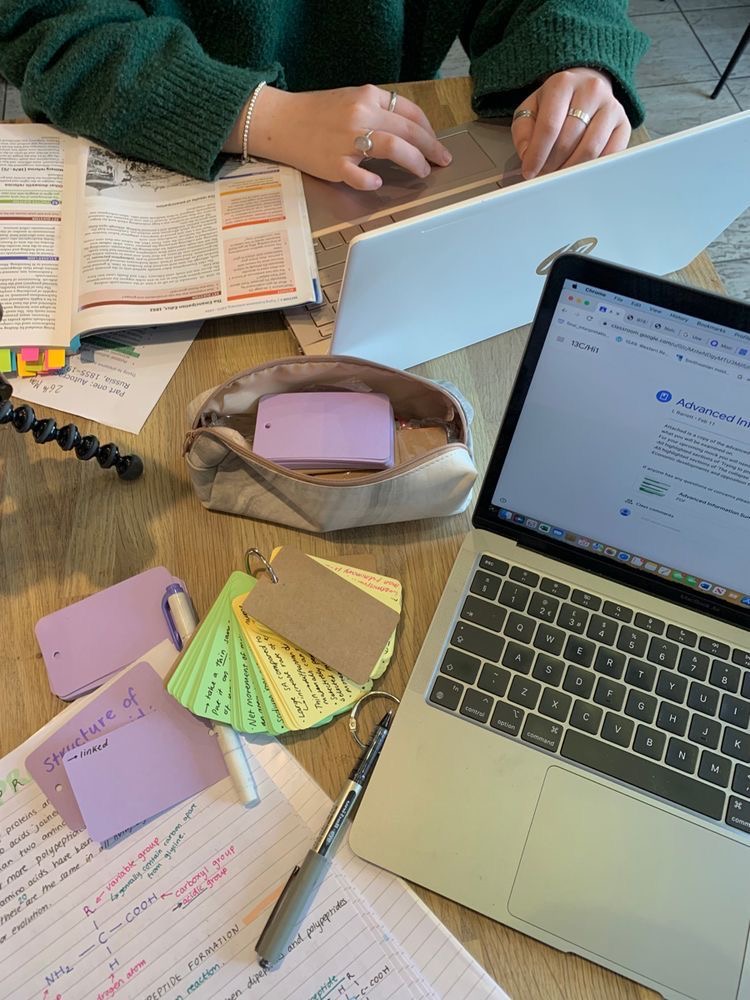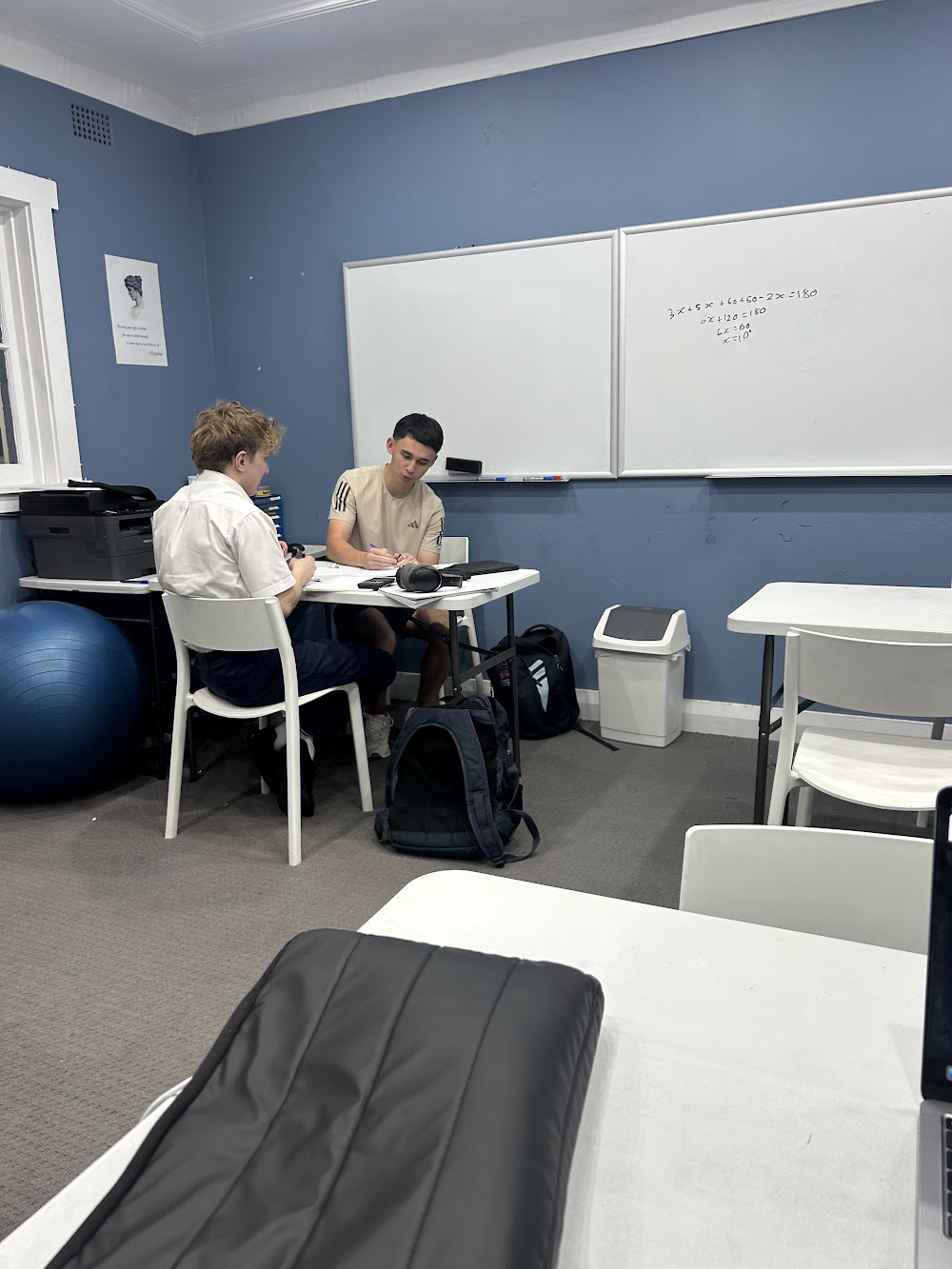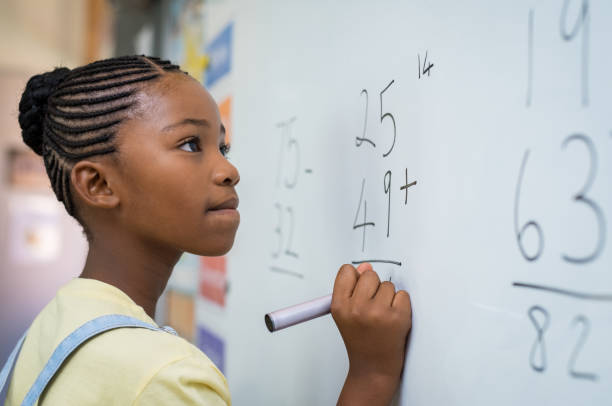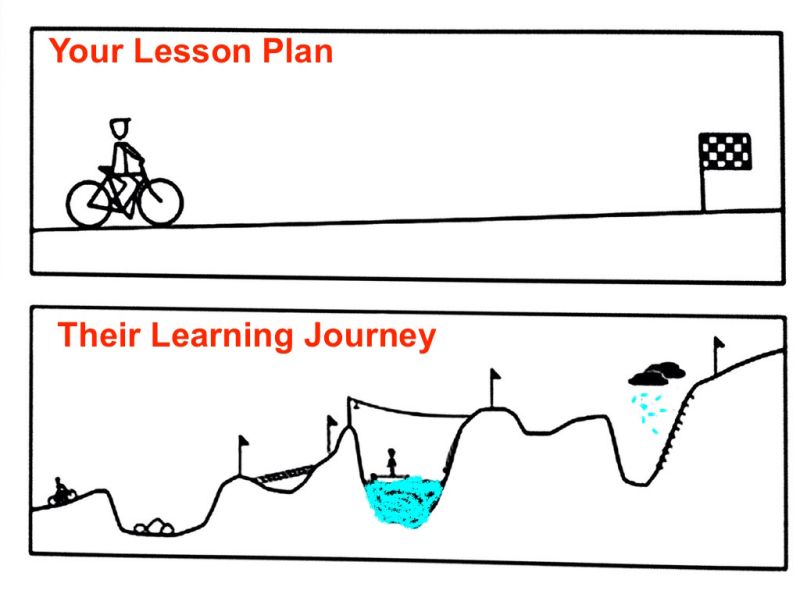
Hey everyone, today I had the amazing opportunity to watch Sienna’s session.
She did a great job going through exam prep. They worked through a variety of different types of questions that could be in the exam. They looked at the different key words of each question and then looked at the difficulty of each question.
They then looked at the different formulas that needed to be applied to these questions.
They then looked at the students ability to interpret and solve each question. This helped to work out how the student interacted with the question.
Sienna also a great job allowing her student to work through each question independently. When her student got stuck she would then help her. Sienna encouraged her student to detail each part of her working out.
When her student got stuck, Sienna would give her student some hints to help her. Sienna got her student to show all her working out, explaining to her that if she made an error in her final answer she could still get some marks for her working out. She could also get some carry on marks.
Sienna would work out each question at the same time as her student. She would then show her student her solution and her working out. She would go through each step of her working out in detail. When Sienna’s student made an error, she would go through the error helping her to understand where she went wrong. They would then either re-do the question or do a similar question to make sure her student understood her error and that she could apply the correct solution.
They looked at the difficulties of different types of questions and depending on how her student was progressing would influence the difficulty of questions they would then do as well as the difficulty of questions Sienna would give her student for homework.
It was great to see how friendly they were and how comfortable her student was with her. They had a great relationship and they got along really well.
Overall, Sienna did a great job helping her student. It was a great session and such a pleasure to observe. Keep it up!
Ashley Cohen





